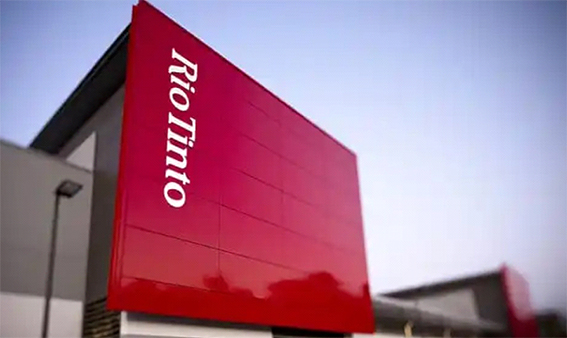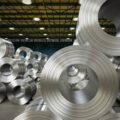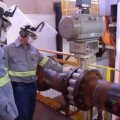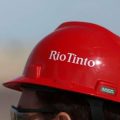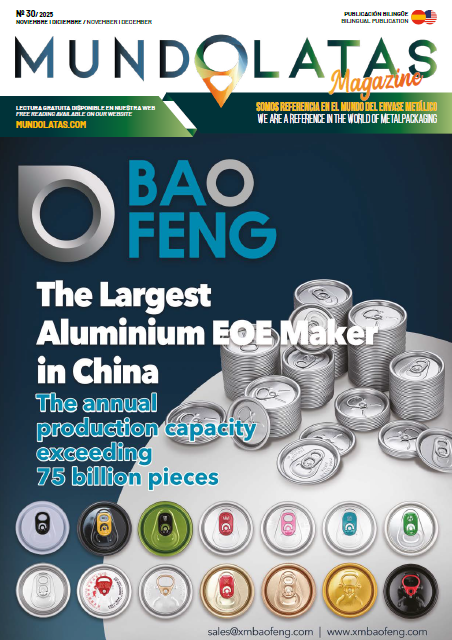Rio Tinto and Sumitomo Corporation will be part of the construction of a pilot plant in Gladstone that will be dedicated to the refining of low carbon alumina. This plant will be the only one of its kind thanks to the A$111.1 million invested to reduce carbon emissions from the extraction process.
In an effort to improve renewable energy in the country, the Australian government provided $32.1 million in co-funding to support the Hydrogen Calcination Demonstration Pilot Program in Yarwun. This decision was approved by the Australian Renewable Energy Agency.
The program aims to demonstrate the feasibility of using hydrogen in the calcination process, where hydrated alumina is heated to temperatures of up to 1,000 degrees Celsius. This environmental initiative involves the construction of a hydrogen plant at the refinery and the modernization of the refinery’s processing equipment. If successful, the program could pave the way for global adoption of the technology.
Rio Tinto Aluminium Pacific Chief Operating Officer Armando Torres said the pilot plant is a crucial step in determining whether hydrogen is capable of replacing natural gas at Queensland’s alumina refineries.
The Rio Tinto company has placed special emphasis on the energy transition, and is seeking to develop its activities in an environmentally friendly manner. “At Rio Tinto we have put energy transition at the heart of our business strategy, and this is one of the ways we are working to decarbonize our operations. We are proud to be developing this new technology here in Gladstone, in partnership with Sumitomo Corporation and with the support of ARENA,” added the director. In addition, the project will consist of the construction of a 2.5 MW on-site electrolyzer to supply hydrogen to the Yarwun refinery and an upgrade of one of Yarwun’s four calciners so that it can operate at times with a hydrogen burner.
The experiment, which is being conducted at Yarwun, is expected to produce about 6,000 tons of alumina per year and contribute to the reduction of carbon dioxide emissions to 3,000 tons annually. Converting the entire plant to green hydrogen could reduce emissions by 500,000 tons per year, equivalent to taking about 109,000 internal combustion engine cars off the road.
The year 2024 marks the start of work on the construction of a major plant that will serve as an energy generator by processing hydrogen and calcining it. It is expected to be fully operational by 2025. Sumitomo Corporation will own and operate the electrolyzer at the Yarwun site and supply hydrogen to Rio Tinto directly. The electrolyzer will have a production capacity of more than 250 tons of hydrogen per year.
Seiji Kitajima, director of Sumitomo Corporation’s Energy Innovation Initiative, was enthusiastic in announcing the joint project with Rio Tinto supported by ARENA. “We are excited to deliver this hydrogen project together with Rio Tinto as our long-term partner with the support of ARENA. Demonstrating real applications of hydrogen in industrial settings with motivated partners is essential to reduce carbon emissions and work towards our company’s vision of achieving carbon neutrality by 2050. Through this demonstration, Sumitomo Corporation aims to venture into the commercialization project to contribute to Rio Tinto’s decarbonization.”
Rio Tinto has announced its goal of achieving net zero emissions by 2050. To this end, they have developed a plan that includes Scope 1 and 2 emissions reductions of 50% by 2030 from 2018 levels.

